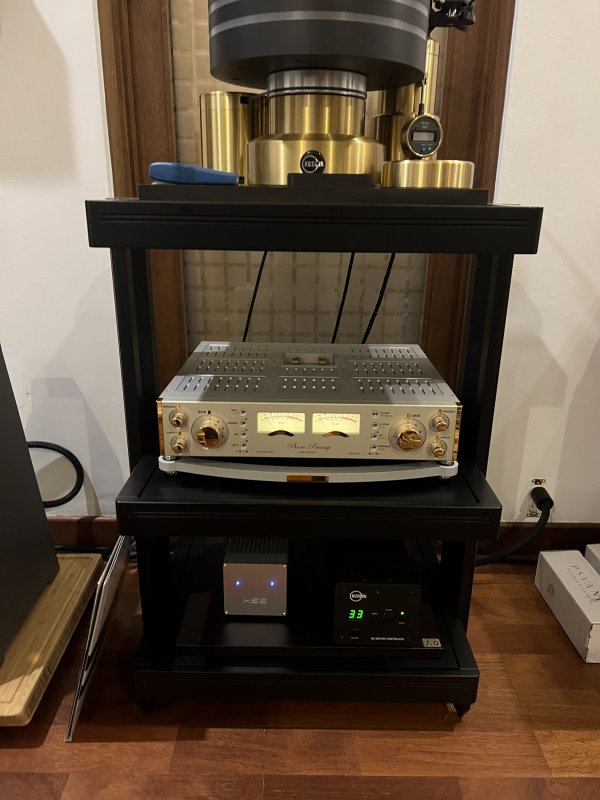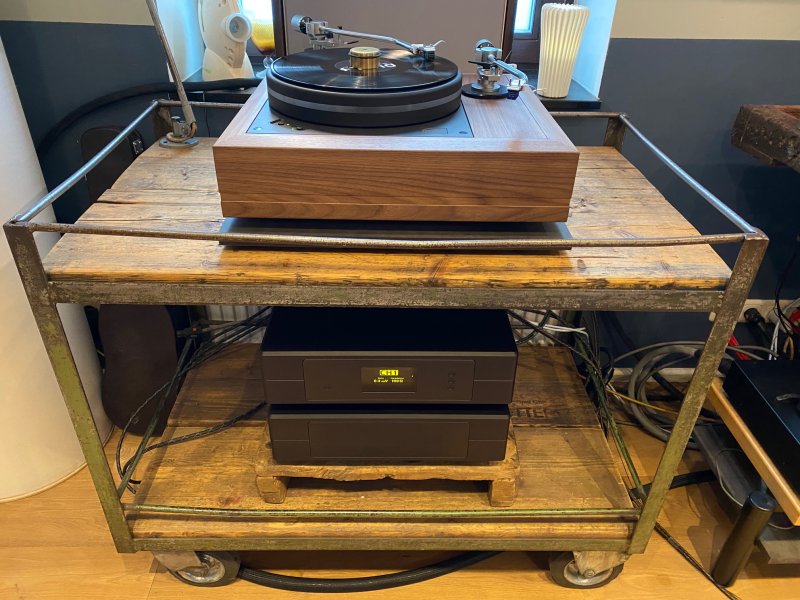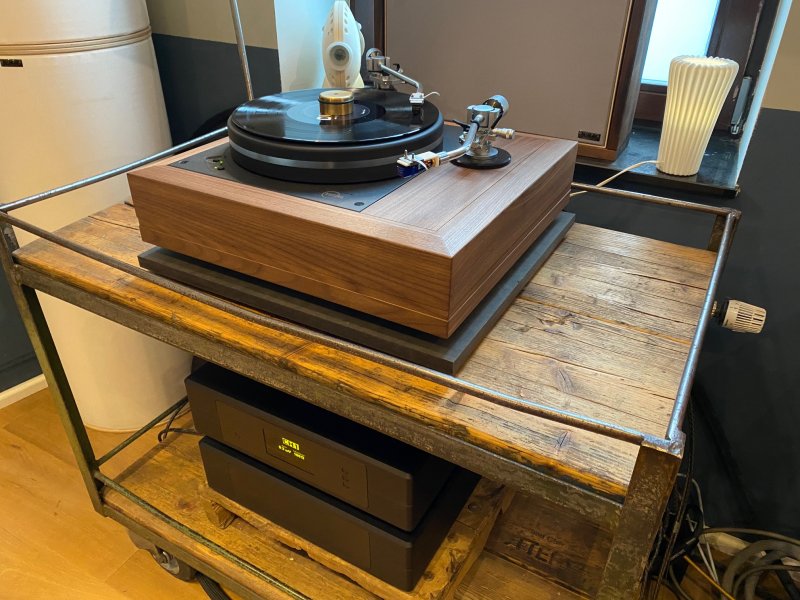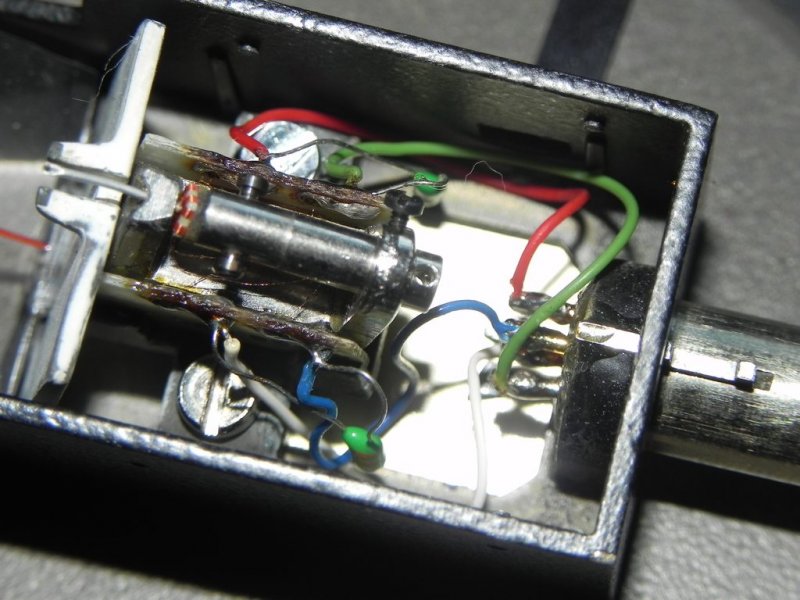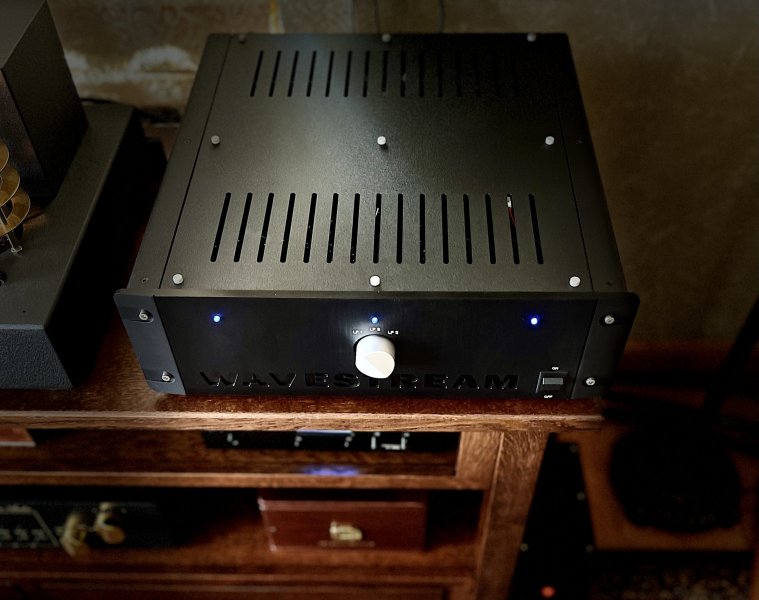Yes. The loading has no effect at all in the audio band. When you do the math, this makes sense- non of the loads suggested are any less than about 10X the source impedance of the cartridge! When you decrease the load below that point, eventually you reach a point where the output of the cartridge starts to fall off. As a general rule of thumb for those who don't realize this bit: any time the load is 10x or more that of the source impedance, its not considered to have any effect on the output of the source. And when you do the actual measurement, you see that regardless of what the source is, this rule holds true.
I may have put me prior comments in a way that garnered a false impression. I am not saying that such phono sections don't sound good- far from it! What I am saying is that if the implications of the inductance of the cartridge are not recognized by the designer, there may be performance left on the table. That's different from saying the unit isn't designed well- it takes a bit of work (at the very least) to design a phono section that sounds like music and in any design there are always details and compromises that are part of the design- put another way-
nothing in this world is perfect. This point to me is very similar to that of the compact disc and people telling me how great a particular recording is that is CD only. The question I always have is 'yes. its a great recording; how much better would it be if it were analog with its greater bandwidth and resolution?' So yes, they are great sounding phono sections, how much better would they sound if the design didn't require the loading?
FWIW we offer phono loading on our preamps too (very handy of the customer has a high output cartridge, where the loading serves a very different purpose, see the link below). Are you saying that I'm implying
our phono section isn't designed well? Giving you the benefit of the doubt, I suspect not

This issue of cartridge loading is widely misunderstood by consumers and apparently designers alike. I was one of them- I tried to make a box that would determine the proper load for a cartridge about 30 years ago. Just connect the cartridge and the box would tell you the loading value. Embarking on that project taught me things about this topic I was not expecting, for example the square wave test I mentioned earlier.
Here is a simple fact: If you have to load the LOMC cartridge to get it to sound right, this is caused by the phono section being sensitive to the RFI generated by the LOMC cartridge and phono cable. So given this fact, what would
you conclude? I can tell you that I'm by no means the only one that knows about this topic- there is an excellent thread on this site regarding cartridge loading in which JCarr of Lyra is involved and does point out the implications of the electrical resonance that is always present. He and I had a conversation on this issue at the Munich show a few years ago- at which he mentioned that the loading was going to reduce the compliance of the cartridge. Now as a designer of a phono section, would you want to affect a phono cartridge in that manner?
You might want to take a look at this link on Jim Hagerman's website:
Here you can see, using the calculator supplied, how the loading is affecting the resonance and what the resonant frequency is. All I'm maintaining is that the ultimate sound quality (no matter how good it is otherwise) does benefit if the input section of the phono section is designed to prevent the RFI from messing with it.








